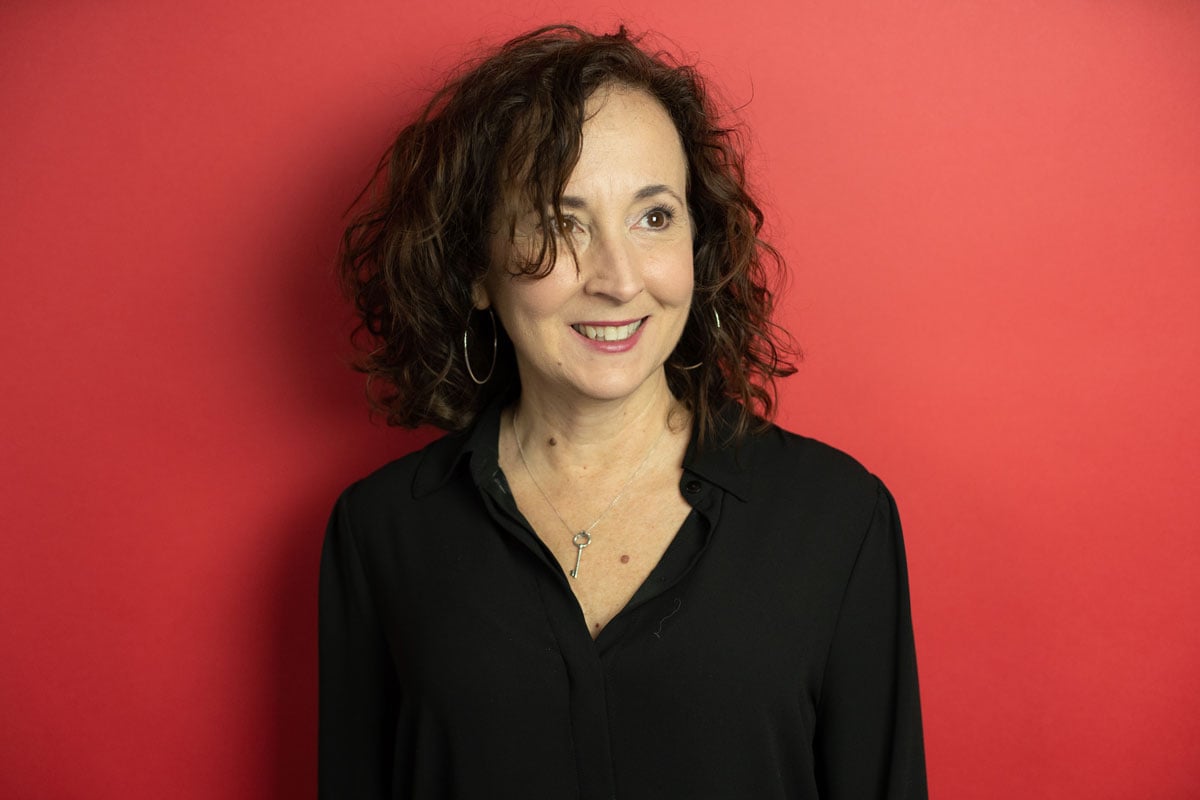What Google’s AI Overviews mean for pediatric healthcare marketers right now
The game just changed and healthcare marketers are feeling it first. Google’s AI Overviews now dominate search results in 200+ countries [1], sitting above traditional listings with prominent source citations. For pediatric marketers specifically, this is reshaping how anxious parents discover your services.
The new front door
When Sarah searches Google for “toddler fever 102 degrees should I go to ER” at 3 a.m., she’s increasingly getting an AI-generated answer before seeing your pediatric urgent care page. Google reports users are more satisfied and asking longer, more complex health questions since launch—exactly the kind of detailed, anxious queries parents make when their child is sick. Translation: The first impression worried parents get may be an AI summary that either cites your health system’s pediatric expertise or completely bypasses it.
“Independent analyses indicate that AI Overviews now appear on a very high share of healthcare queries—roughly mid‑80% and up, with some reports saying ‘approaching 90%’ in 2025.” [2] Meanwhile, Google’s experimental AI Mode replaces the familiar 10 blue links entirely with AI answers plus citations. For pediatric marketers, the writing’s on the wall: AI summaries are becoming the primary way parents discover care options.
Why healthcare gets special treatment
Health content falls under Google’s “Your Money or Your Life” scrutiny, where E-E-A-T (experience, expertise, authority, trust) signals determine visibility. This actually favors healthcare organizations over generic health sites, but only if you’re optimizing correctly. In healthcare marketing, who delivers the message matters just as much as what they say.
Four marketing moves to win the AI game
1. Lead with pediatric clinician answers.
For your top parent queries—RSV vs. cold symptoms, fever dosing by weight, when to skip the ER for urgent care—start each page with a 75-word, plain language answer written and bylined by a named pediatrician. Add brief “how we know” citations. This format feeds AI Overviews while building the parent trust that drives appointment bookings.
2. Think parent tasks, not medical topics.
Don’t bury answers in long articles. Build tight Q&A clusters around parent decisions: dosing by weight, when to call after hours, red flag symptoms, next steps. Cross-link related content and include visual checklists parents can screenshot. Your job is being the trusted source AI summaries link to when parents need immediate guidance.
3. Make expertise visible.
Show credentials, headshots, specialties and last reviewed dates on clinical pages. Add editorial policies explaining how content gets created and updated. These classic authority signals matter more in AI-summarized results.
4. Measure what matters now.
Since AI Overview clicks aren’t tracked separately in Google Search Console, focus on directional signals: topic page traffic, scroll depth, branded searches and conversion actions like appointment bookings or nurse line calls.
Be seen when parents really need you
AI answers are now the front door to pediatric care discovery. When parents are scared and searching at odd hours, they’re getting their first impression from AI summaries that may or may not include your voice. If your pages don’t deliver concise, pediatrician-authored answers organized around real parent fears and decisions, you risk being summarized without being seen, or worse, not mentioned when families need you most.
The pediatric programs winning this transition aren’t fighting AI. They’re feeding it exactly what worried parents need: authoritative answers from trusted pediatricians, available when fear strikes and every minute counts.
Sources:
[1] https://blog.google/products/search/ai-overview-expansion-may-2025-update/
[2] https://searchengineland.com/google-ai-overviews-search-clicks-fell-report-455498





